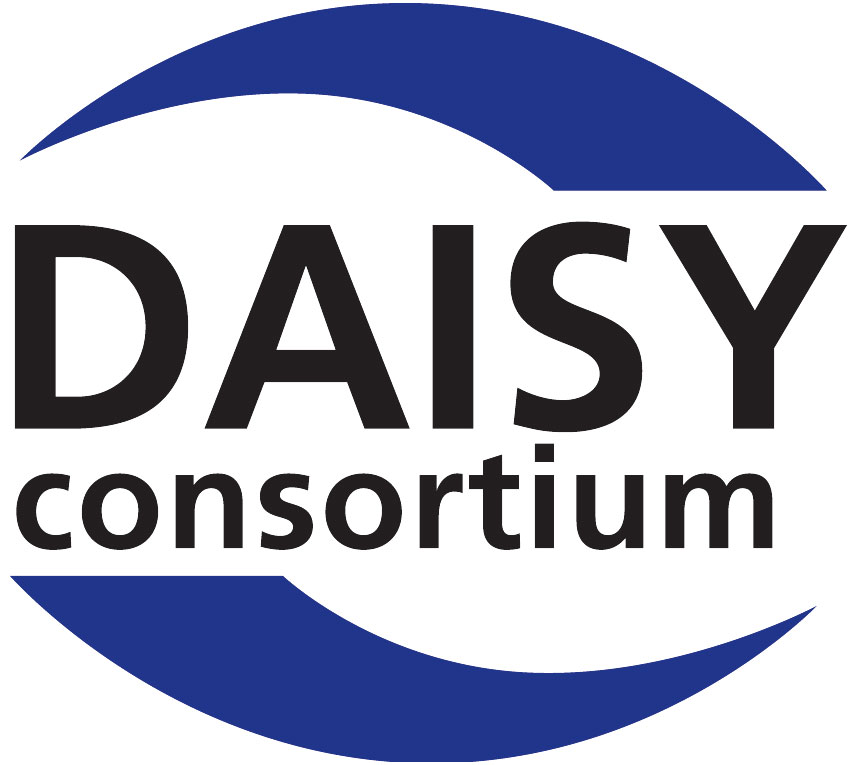eBraille
Purpose
Other braille file formats have limitations as described in a problem statement developed by the working group of more than 100 experts from more than 20 countries. These include:
- Limited support for navigation (text based braille formats e.g. BRF, BRA, BRL, and PEF)
- Limited support for transcribed and pre-formatted braille (digital text file formats e.g. DAISY, EPUB, HTML and Word)
- No standardized way for tactile graphics to be encoded for reading on digital devices in either text-based braille or digital text formats
- Limiting braille files to specific regions of the world due fixed braille encoding and formatting.
eBraille focuses on adapting braille for reading in refreshable braille displays with different line lengths. eBraille publications are also designed to be flexible for deployment. An eBraille publication can be placed on the web, unzipped on a user’s local file system, or distributed in EPUB 3-compatible packaging. And as web-compatible file sets, they are adaptable to future changes to publishing formats.
Who is it for?
Whether the goal is to provide a high-quality digital file or produce embossed braille, a better-quality braille file format will support a better experience for all braille readers. We anticipate that multi-line dynamic refreshable braille displays will soon become a regular means for providing access to braille, and a new braille format is essential to support these new devices. The new file format will also benefit existing single line refreshable braille devices by providing superior navigation. However, the new braille format will also benefit the production of embossed braille by allowing for seamless embossing of text and graphics. In short, it will improve braille access whether the medium is hard copy braille or digital and allow braille readers to benefit from technological opportunities that did not exist when the BRF format was developed.
Status
The eBraille Standard is managed and maintained by The DAISY Consortium. The current version is eBraille 1.0 released in August 2025.
Participate
Sign up to the ebraille mailing list where we announce meetings, discuss relevant topics, and share notes. After registering, please check your junk mail folder for the confirmation email. You can leave the mailing list at any time.
History
DAISY member American Printing House for the Blind is on a mission to create a groundbreaking electronic braille text and graphics device to revolutionize braille learning and accessibility. This inspired them to propose a new braille format that would address the issues with existing solutions and will work with new and existing braille displays.
